A. O. Smith Corporation recently announced the appointment of Noelle Brigham as the company’s Environmental, Social and Governance (ESG) Director. With more than 20 years of experience in sustainability and environmental engineering in the consumer products and consulting industries, Brigham is prepared to lead and drive all aspects of A. O. Smith’s ESG initiatives while finding solutions to confront and combat social, economic, and operational challenges at a transformative time for the homebuilding industry. 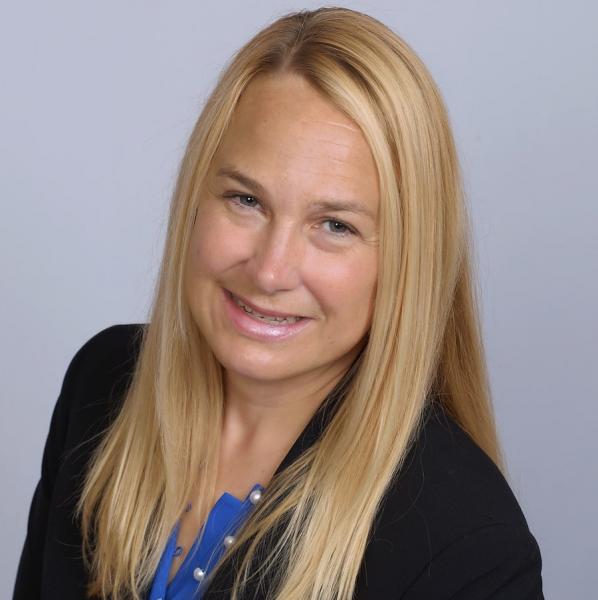
Can you explain your role as the Environmental, Social and Governance Director at A. O. Smith? What will your long-term sustainability strategy entail?
As the Environmental, Social and Governance Director at A. O. Smith, my primary responsibility is to lead all aspects of ESG across the company, including strategy, development and implementation. I help centralize the various initiatives happening within our different business units and further develop cohesive and overarching ESG initiatives for the company.
At A. O. Smith, our long-term sustainability strategy is to expand our existing ESG programs while also being cognizant of where and when we can best introduce new programs. We have long recognized the importance of water stewardship and this year we expanded our efforts with the Water Council to identify water risks and opportunities. Our third ESG report, scheduled for release later this year, will further outline our efforts related to water stewardship.
Our overall strategy is to reduce our impact and create value, while ensuring a strategic fit for the overall product line and company.
What are some social challenges and solutions for BPMs and contractors in the residential sector that you hope to tackle as ESG director?
A current social challenge impacting building products manufacturers and contractors is attracting, retaining and training skilled labor. One aspect of improving the operational efficiency of our products includes increased digitization and automation. As these product trends continue to grow, we anticipate the need for improved training and education in programming and digitization skills, especially for contractors.
To address these challenges, A. O. Smith has invested in A. O. Smith University and Lochinvar U, so contractors, distributors and technicians can learn more about the technological and efficiency advancements that are being introduced to our new and existing products.
What are your predictions for regulatory changes centered on decarbonization in the building industry over the coming decade? How will A. O. Smith respond to new framework that might be introduced?
It’s no surprise that there are many regulatory changes anticipated throughout the next decade—some of which have already been initiated. When it comes to decarbonization, climate change has continued to push the development of initiatives within the global building industry.
With this drive toward decarbonization, we’re seeing more regulations focused on total allowable levels of greenhouse gas emissions from buildings. As those levels become more stringent from an on-site carbon intensity perspective, the utilization of products and technology that are not fossil fuel-fired will become a major focus for us and others in the building industry.
As the country focuses more on electrification as a pathway to decarbonize buildings, heat pump water heaters continue to dominate the conversation. Heat pump water heaters are essential to this transition as they not only provide an incredibly energy-efficient option for homeowners, but also have zero on-site greenhouse gas emissions.
Digitization and smart technology are becoming integral to increasing efficiency, as well as integrating renewable energy sources such as solar and wind into local distribution grids. Utilizing water heaters as thermal batteries to assist utilities with demand-side load balancing will be increasingly important. A. O. Smith’s iCOMM Remote Monitoring platform allows service professionals and homeowners to remotely monitor and control their water heater to improve performance, increase savings, and reduce downtime. Lochinvar’s CON·X·US Remote Connectivity and SMART TOUCH operating control technology make monitoring and adjustments easy for contractors and facility managers.
Working closely with regulators and policy makers regarding these regulatory changes is critical in developing new products, educating the consumer around the benefits of adopting new ways of heating and treating water and training service professionals on the latest technologies to service our products appropriately.
READ MORE: How To
If passed, how will the Inflation Reduction Act aid affect businesses like A. O. Smith and the residential sector at large?
Through this act and the subsequent regulations, there will be new financial incentives offered to homeowners to encourage energy efficient upgrades and electrification retrofits. Typically, more efficient technologies tend to come with a higher price tag, and this bill will help provide financial relief to homeowners.
Additionally, there are grants and loans built into this program that are aimed at manufacturers to incentivize clean energy manufacturing. The whole industry can benefit from these as capital investments are necessary to transition production lines or create new products and purchase new equipment.
Can you give an overview of A. O. Smith's sustainability goals and its pursuit of efficiency throughout the company's history? 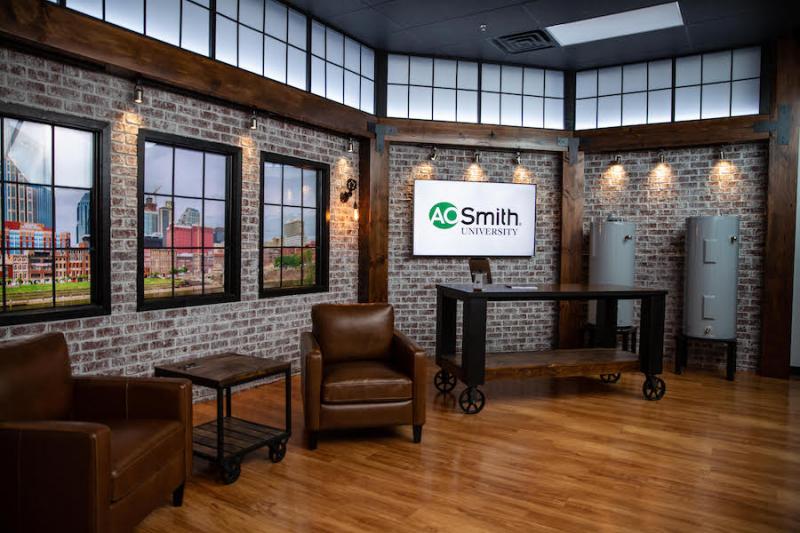
Underpinning our corporate values is a commitment to sustainability, which includes doing business honestly and ethically; being committed to high quality, innovative products and sustainable growing returns; and creating an environment where our employees thrive and feel a sense of purpose in their work. Our third sustainability report will demonstrate how our corporate values are inextricably linked to our commitment to ESG.
In 2020, we announced the company’s first greenhouse gas emissions reduction goal, pledging a 10% intensity reduction by 2025. We are pleased to share that we’ve made significant progress toward this goal while preventing 494,800 metric tons of carbon emissions in 2021 with the help of our highly efficient water heaters and boilers.
As energy and water demand increases, our customers and communities look to us to provide products that help reduce energy consumption and associated greenhouse gas emissions, conserve water and avoid single-use plastics. Our commitment to innovation and engineering excellence has enabled us to be a leader in meeting our customers’ demands, while at the same time working towards manufacturing products that reduce the impact on the environment throughout their lifecycle.
What sets A. O. Smith's products apart from traditional products on the market in terms of efficiency and sustainability? How else do you hope to distinguish A. O. Smith as a leader of environmentally conscious manufacturing in the water heating and water treatment industries?
One of the most important ways that A. O. Smith sets itself apart in the industry is our work with ENERGY STAR. For the last four years, A. O. Smith has been recognized as an ENERGY STAR Partner of the Year with additional recognition for Sustained Excellence the past two years – the top honor given by the organization. We work closely with the organization to communicate the value of ENERGY STAR certified products to consumers. As a company with more than 1,000 ENERGY STAR certified products, it’s important that we not only bring awareness to our customers but also educate consumers on the importance of the ENERGY STAR certification.
As a global water technology company, we are also acutely aware of the importance of and access to clean, fresh water. This awareness drives our internal operations and has been a pivotal part of setting new goals for the future about water stewardship and technological innovations. As part of our ESG journey, we’re embarking on a new process to better understand our own water consumption and usage so that we can develop a water stewardship plan that’s right for the company.
WAVE, a process developed by the Water Council, helps companies gather the necessary data, create a corporate water policy, prioritize sites with highest water risk, and publicly communicate a corporate action plan, goals and timeline. We’re proud to be one of the first organizations to participate as a pilot company in the new WAVE certification process.
As an extension of our commitment to water stewardship, many of our executives also help lead the Water Quality Association, a not-for-profit trade association representing the residential, commercial and industrial water treatment industry.

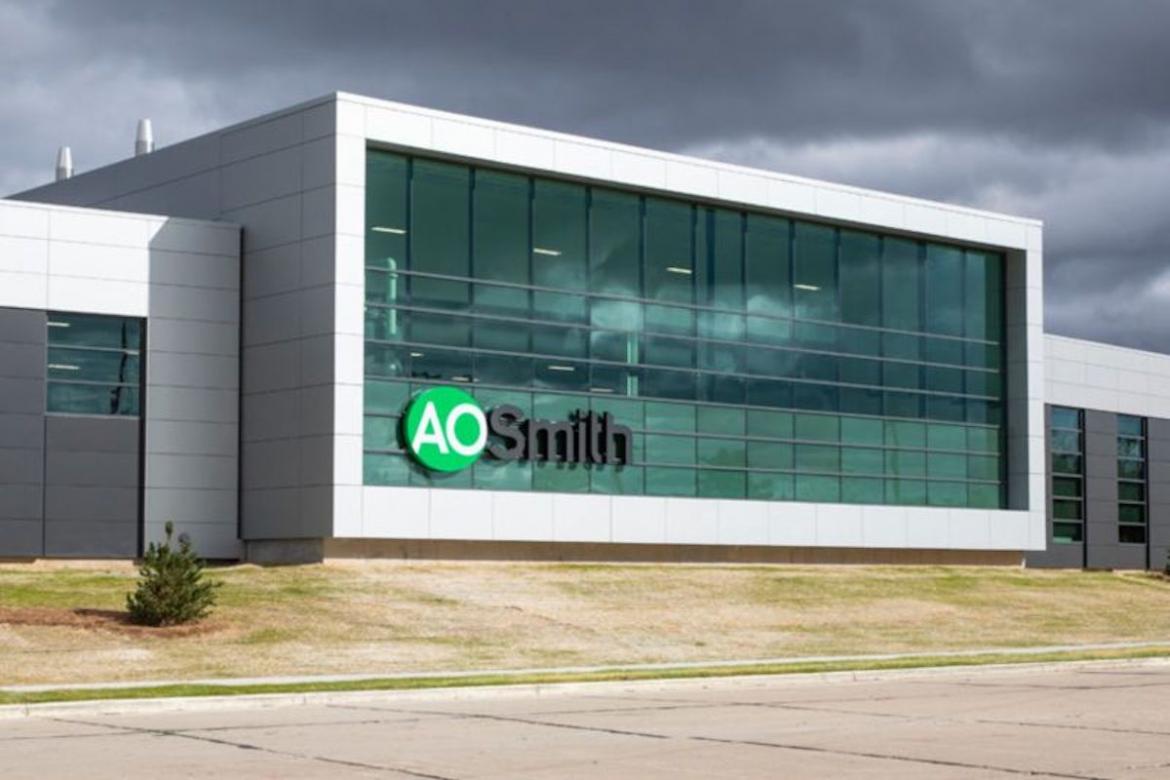

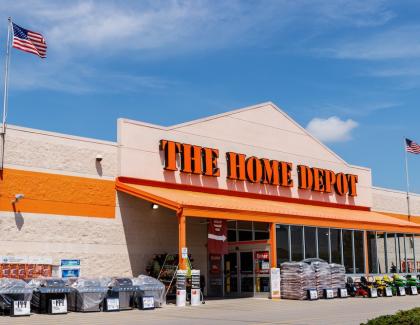
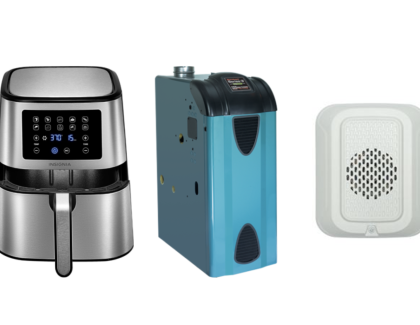



Add new comment